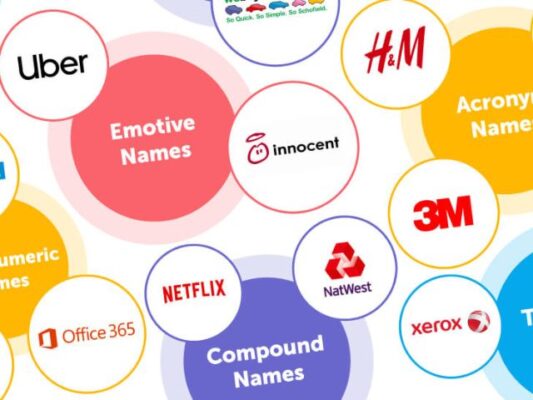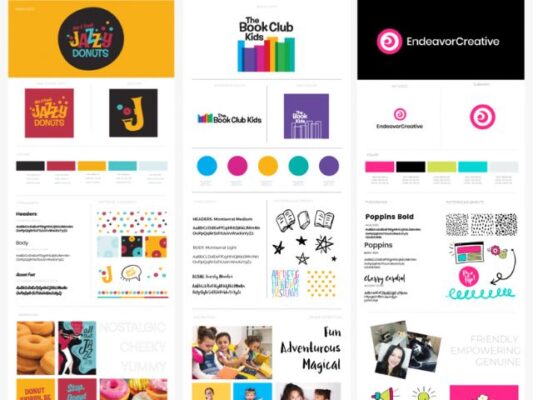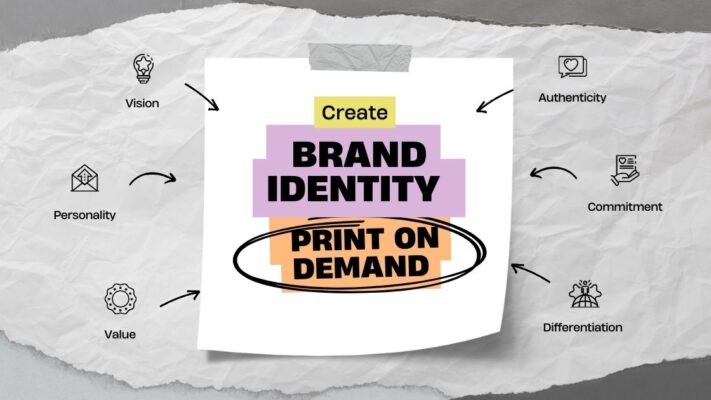Creating a brand identity is an essential step for any business, including those in the print-on-demand industry. Establishing a strong brand identity helps convey your business’s values, mission, and personality to your audience. If you’re unsure where to begin, here’s a step-by-step guide to help you get started:
Contents
Choose Your Brand Name
Your brand name is the cornerstone of your identity. It should be memorable, scalable, and easy to spell. A good brand name creates a mental image of what your brand represents. For example, names like Maison Margiela or Ralph Lauren evoke a sense of luxury and sophistication. Take the time to brainstorm and choose a name that aligns with your brand identity and resonates with your target audience.

Design Your Logo
Your logo is a visual representation of your brand and should be unique and recognizable. While hiring a professional designer is ideal, it can be costly. Alternatively, you can use online logo templates or freelance platforms like Fiverr to create a logo that fits your budget. Your logo should be versatile and suitable for various applications, such as websites, business cards, and advertisements.

Create Your Visual Brand Identity Guidelines
A brand identity guideline ensures consistency across all visual materials and helps maintain brand integrity. This document outlines how to use brand elements and includes do’s and don’ts of brand representation. It should cover aspects such as:
- Logo variations
- Color palette
- Typography
- Support elements
- Templates for emails, signatures, etc.

Define Your Brand Language
Your brand language encompasses the tone and style of communication used in your branding materials. Match your language to your brand personality to create a cohesive identity. For example, if your brand is formal and professional, use formal language. If it’s targeting a younger audience, opt for a more casual and conversational tone.

Identify Your Target Audience
Understanding your target audience is essential for shaping your brand identity. Conduct market research to identify the demographics, preferences, and pain points of your potential customers. Tailor your brand identity to resonate with their needs and aspirations, ensuring that your messaging and visuals speak directly to them.

Engage with Your Audience
Building a brand identity isn’t just about crafting visuals and messaging—it’s also about building relationships with your audience. Engage with your customers through social media, email marketing, and other channels. Listen to their feedback, address their concerns, and show appreciation for their support. By fostering a sense of community and belonging, you can strengthen brand loyalty and advocacy.

Evaluate and Evolve
As your business grows and evolves, so too should your brand identity. Regularly evaluate your brand performance and gather feedback from customers and stakeholders. Stay attuned to industry trends and changes in consumer behavior, and be willing to adapt your brand identity accordingly. By continuously refining and improving your brand, you can remain relevant and competitive in the marketplace.

Establishing a strong brand identity takes time and effort but is crucial for building brand recognition and loyalty. By following these steps, you can create a cohesive and impactful brand identity that resonates with your audience.
Related Posts







